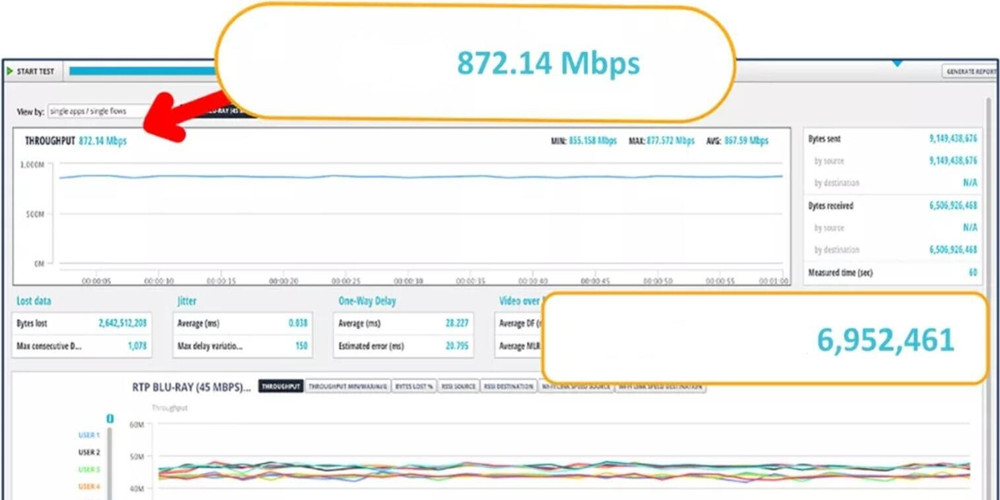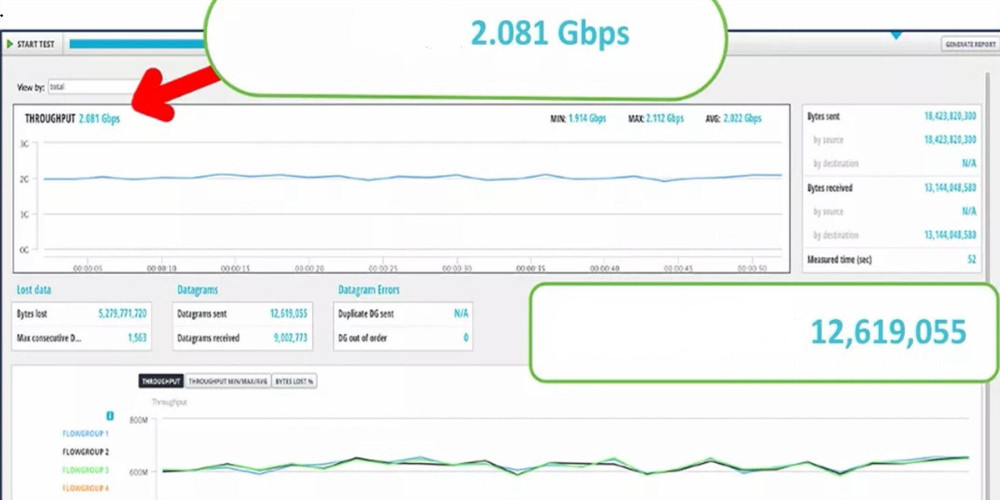
In fact, technology is evolving so fast that we have not been able to adapt to the current innovations, and better versions have appeared. Just look at our development in virtual reality, self-driving cars and IoT smart homes a few years ago. The point is that our expectations of possibilities have never been so high, and as avid technology fans, we always believe that life is beautiful!
However, while we are busy exploring new technologies, don't forget that all these endless innovations need to be supported by the same powerful network infrastructure. Take 8K VR games as an example. This technology is about to come out and requires a minimum speed of 1 Gbps to play, and the best experience can only be obtained if the speed exceeds 2 Gbps. As people's desire for technologies that provide higher definition, newer generations and smoother experiences increases day by day, it is foreseeable that the amount of data that needs to be used will also soar.
The question is no longer whether innovation will come, but whether your network can support the emerging innovations.
Create a new peak of wireless speed with the help of multi-gigabit switching technology
With the advent of the Cisco Catalyst wireless access point (AP) product series, Wi-Fi 6 has become a popular network star product with its extraordinary advantages. Whether it is our flagship Catalyst 9130 wireless access point (with a maximum physical throughput of 5.37 Gbps) or the small Catalyst 9105, this product series has truly become the golden benchmark for enterprise-class wireless products.
But if I say there is a way to further improve their already incredible capabilities, do you believe it?
Just use a combination of Cisco Catalyst AP and Catalyst multi-gigabit switching products to know that what I say is true, and it is easy to achieve the best network performance. Although it sounds a bit overconfident, I can prove it by showing you the throughput data achieved by the Cisco Wireless Lab using the Catalyst 9130 Wi-Fi 6 AP (software version 17.5.1) and the Catalyst 9300 multi-gigabit switch test.
Speak with numbers
However, we can take a step back; if the Catalyst 9130 AP is connected to a Gigabit switch, the maximum physical throughput of 5.38 Gbps will actually encounter a serious bottleneck because the throughput capacity of the wired side will be limited. With this topology, we used the IxChariot performance test tool to achieve an average throughput of slightly less than 1 Gbps.

▲ Figure 1: 3 Intel AX200 terminals on the 2.4 GHz band at 20 MHz and 15 Intel AX200 terminals on the 5 GHz band at 80 MHz
I mean: these data rates are already pretty fast; but they can be even faster!
In order to truly realize the powerful potential of Wi-Fi 6, we connected the same Catalyst 9130 AP to the 10-Gigabit port of a multi-Gigabit switch, and the throughput can always reach more than 2 Gbps.

▲ Figure 2: 3 Intel AX200 terminals on the 2.4 GHz band at 20 MHz and 3 Intel AX200 terminals on the 5 GHz band at 80 MHz
The only difference is that we use a multi-gigabit switch, and the throughput can be more than doubled! With such ultra-fast throughput, and with the blessing of Wi-Fi 6's OFDMA and MU-MIMO, you will have an excellent wireless network infrastructure unmatched by any other supplier in the world, and will calmly meet various future needs.
The question is, the next generation of wireless technology has arrived with Wi-Fi 6, but is your infrastructure ready to use multi-gigabit switches to maximize its potential?


